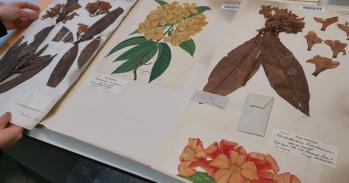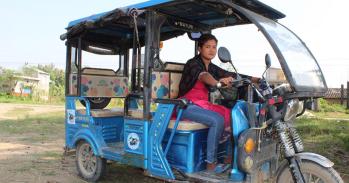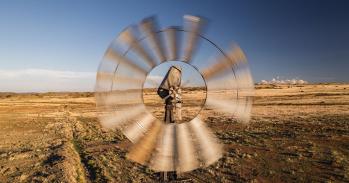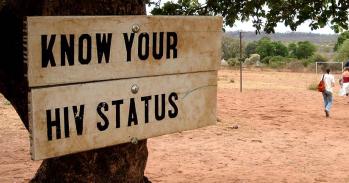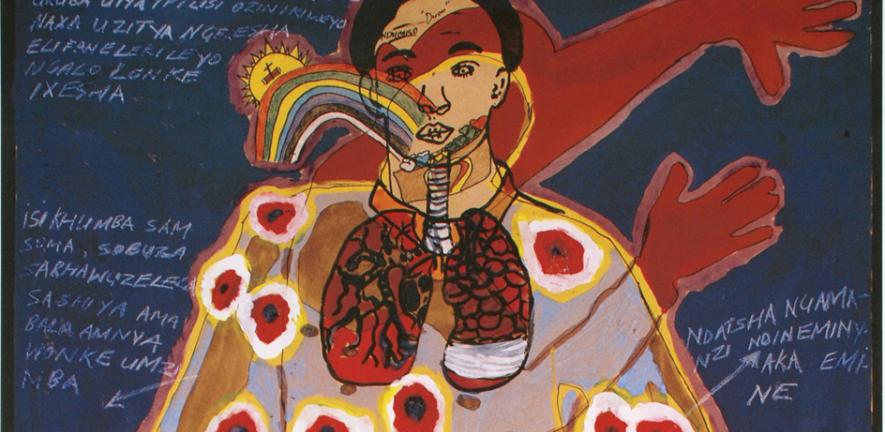
Would you like to hear sounds from deep within the body, consider the similarities between a funeral sculpture and the structure of DNA, or explore the classical idea of beauty?
Would you like to hear sounds from deep within the body, consider the similarities between a funeral sculpture and the structure of DNA, or explore the classical idea of beauty?
Unexpected juxtapositions stimulate us to think about the body in new ways.
Anita Herle
‘Assembling Bodies’, a major new exhibition opening in March at the Museum of Archaeology and Anthropology, challenges us to think in different ways about the human body. The exhibition explores how bodies have been considered in different time periods, cultural contexts and disciplinary perspectives, as well as the technologies through which bodies are made visible.
The exhibition is part of a five-year, cross-disciplinary research project – ‘Changing Beliefs of the Human Body’ – involving 15 researchers spread across the Faculty of Archaeology and Anthropology, the Faculty of Classics, and the Museum of Archaeology and Anthropology. This ambitious programme is a comparative history, spanning 10,000 years, of how and why humans change what they believe about the human body. Both the wider project and the exhibition have been funded by the Leverhulme Trust, with additional support for the exhibition provided by the Arts Council England (East) and the Wellcome Trust.
‘The exhibition incorporates findings generated by the larger project but is also developing its own independent research,’ explained Curator Anita Herle. ‘The intention is to build bridges between disciplines that will lead to further study, as well as to provide a springboard for outreach events and artist workshops.’
One goal has been to showcase the extraordinarily rich and diverse collections within the Museum, the University and the Colleges. Alongside these fabulous artefacts will be commissioned artworks, including a unique collection of body maps painted by the Bambanani Women’s Group in Cape Town, South Africa, documenting the lives of women with HIV/AIDS, and a soundscape of recordings from deep within the body.
‘One of the fun things about this exhibition is that when you put very different objects together you provoke new kinds of ideas,’ said Anita Herle. ‘There is an intellectual challenge implicit in the contrast for instance between a Malanggan mortuary effigy and Watson and Crick’s structure of DNA. Unexpected juxtapositions stimulate us to think about the body in new ways.’
‘Assembling Bodies’ opens in March 2009 and will run until November 2010 at the Museum of Archaeology and Anthropology. The exhibition is curated by Anita Herle with Mark Elliott and Rebecca Empson.
Body Maps
Body maps have been created for the exhibition by the Bambanani Women’s Group, South Africa. These maps are life-sized images that trace the contours of the painter’s body, articulating how they have been affected by HIV; the shadowy form of the person who has supported the painter hovers behind the image, indicating the crucial support needed from others.
This work is licensed under a Creative Commons Licence. If you use this content on your site please link back to this page.


